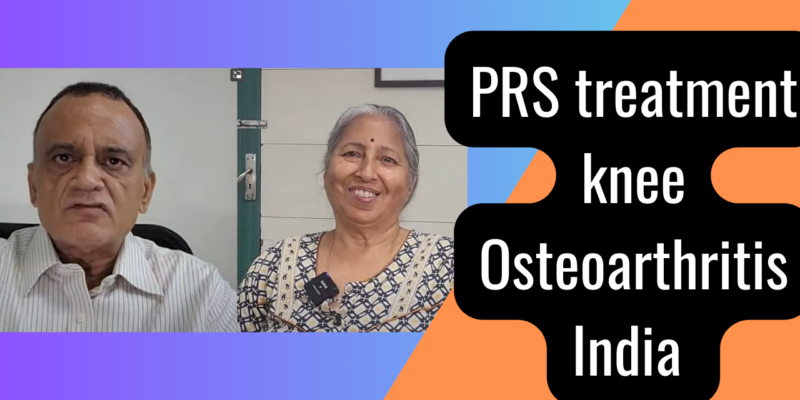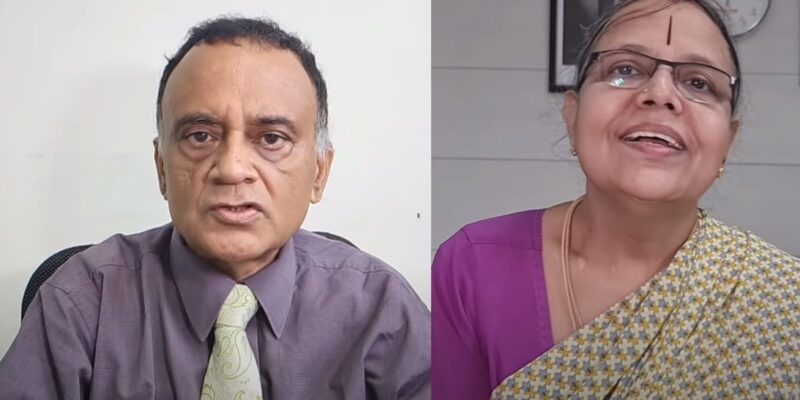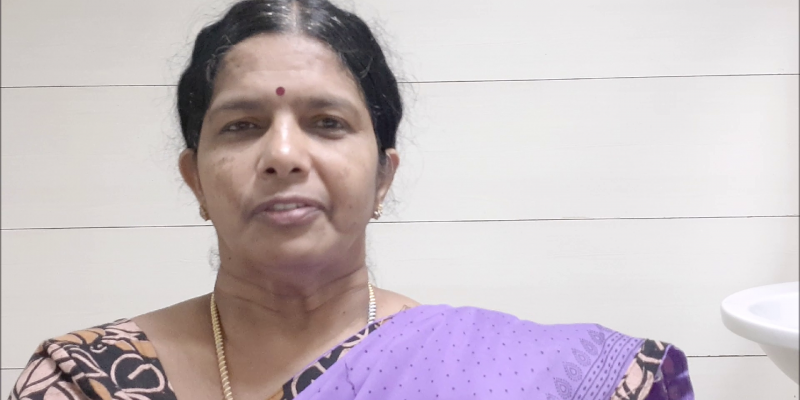A 75 year old lady with symptoms of knee locking obtained relief after Platelet rich stroma treatment in Chennai. Listen to her testimonial in this video. Dr.A.K.Venkatachalam provides this treatment in Chennai. Although this is a short term honest statement of pain relief by this patient, this study describes the mid term result of SVF treatment at five years. The conclusion in this paper is that 60 percent of patients have acceptable pain relief at five years. This might seem to be sufficient justification for undergoing this procedure which might seem expensive initially.
What is Platelet rich stroma?
Platelet-rich stroma (PRS) is a type of orthobiologic treatment that combines two different types of biological materials: platelet-rich plasma (PRP) and stromal vascular fraction (SVF).
What is PRP?
PRP is a concentrated solution of platelets and growth factors that are derived from a patient’s own blood. It is often used in regenerative medicine to promote tissue healing and reduce inflammation. A concentration of 4 x baseline value of platelets is desirable. PRP provides the growth factors which enable SVF cells to adhere.
What is SVF?
SVF is a mixture of stem cells, immune cells, and other regenerative cells that are derived from adipose tissue (fat). SVF is also known to have regenerative properties. Cells in SVF possess signalling effects. That is they stimulate resident cells within the joint to multiply and produce cartilage matrix. This property of SVF is known as “Paracrine effect” ( See point 4 below)
Stromal vascular fraction (SVF) has been suggested as a potential treatment for knee osteoarthritis due to its ability to combat the inflammatory causes of the condition. SVF contains a mixture of various cells, including mesenchymal stem cells (MSCs), immune cells, and other regenerative cells, which work together to address inflammation and promote tissue healing.
- Anti-inflammatory properties: MSCs within SVF have been found to possess anti-inflammatory properties. They can modulate the immune response and reduce the production of pro-inflammatory molecules, such as cytokines and chemokines. By suppressing inflammation, SVF can help alleviate pain and reduce the progression of knee osteoarthritis.
- Immune modulation: SVF contains immune cells, including regulatory T cells (Tregs), which play a role in immune regulation. Tregs can suppress the activity of other immune cells that contribute to inflammation. This immune modulation by SVF can help control the inflammatory response in the knee joint affected by osteoarthritis.
- Growth factor secretion: SVF cells, including MSCs, have the ability to secrete various growth factors, which can aid in tissue repair and regeneration. These growth factors promote the proliferation and differentiation of cells involved in cartilage and tissue repair, contributing to the healing process in the knee joint affected by osteoarthritis.
- Paracrine effects: SVF cells secrete factors that exert paracrine effects, meaning they influence nearby cells. These paracrine factors can have anti-inflammatory effects and promote tissue regeneration, helping to combat the inflammatory causes of knee osteoarthritis. The resident cartilage forming cells produce cartilage matrix. Cartilage is the weight bearing cushioning material at the ends of bones. Regeneration of cartilage has been observed in this paper.
In PRS treatment, a small amount of adipose tissue is harvested from the patient and processed to extract SVF. The PRP is then combined with the SVF to create the PRS solution. This PRS solution is then injected into the area of injury or degeneration to promote tissue regeneration and repair.
If you wish to get this treatment for yourself, get in touch by filling the contact form in the home page.



